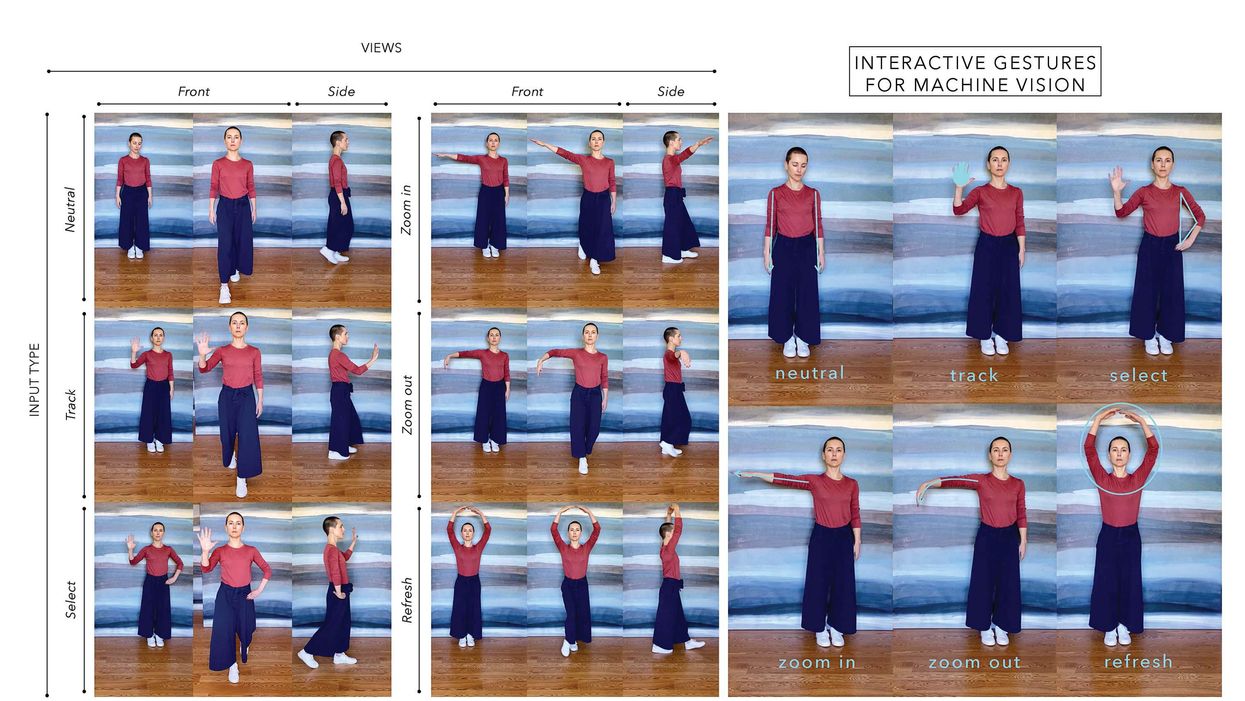Lins Derry Designs the Movements That We Use to Interact With Technology
As a principal at metaLAB (at) Harvard, Lins Derry thinks through how humans and emerging technologies work with one another. She is one of the world’s foremost experts on the design of choreographic interfaces: the practice of using carefully designed bodily motions (think: using “pinch-to-zoom” or swiping right or left on your mobile device) to bring humans and computers into productive dialogue. “I take choreographic models and think about how they apply to different design processes,” says Derry. “How can interactive systems penetrate proprioception, and how can the body relay information back to those systems?”

Stephen Texeira, Courtesy Derry
Her history in dance powerfully animates her work. Derry has danced with Pascal Rioult Dance Theatre and TAKE Dance in New York City, José Navas/Compagnie Flak in Montreal and Hope Mohr Dance in San Francisco. For five years she ran her own company, Linsdans, as a platform for her solo performance work.
Now, through metaLAB, Derry has been experimenting with technologies of machine vision and machine learning to interpret audience movements at Harvard Art Museums, allowing visitors to interact with screen-based projects. She is also in the process of creating Data Sensorium, a transmedia performance piece that translates her movements into a projected visualization.
“As a dancer, I liked tinkering with things in my head, not just with my body,” Derry says. “Now, I’m a choreographer, not in the dance world.”





